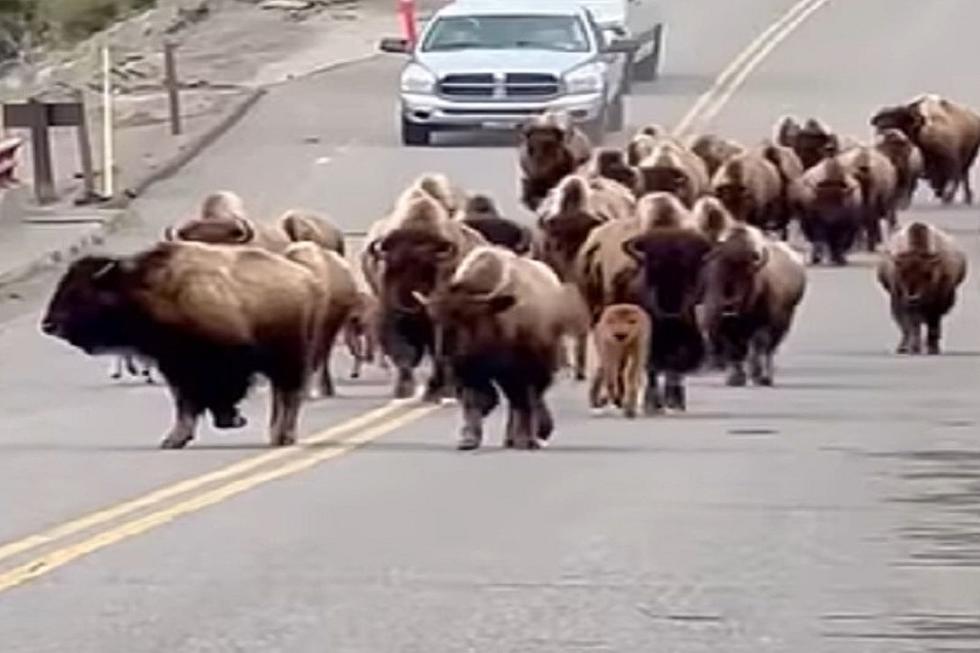
Montana FWP Will Work on Wildlife Migration
Montana Fish, Wildlife and Parks announced a new plan which looks at wildlife "movement and migration." In the Bitterroot Valley, drivers are often reminded that elk herds have a tendency to cross US 93 at the most inopportune times. but they might have been crossing those sections of the valley even before US 93 was constructed.
Now, that's just a microscopic look at movement and migration patterns. In a recent news release, Montana FWP said it will be working with private landowners to try to let wildlife access seasonal habitats, taking into consideration the competition on private land with livestock. FWP is also concerned about disease transmission between livestock and wildlife.
FWP Director Martha Williams said in the news release, "For decades wildlife conservation work in Montana has focused on preserving important wildlife movements between winter and summer range. In fact, that was the impetus behind our very first game ranges. We know this work has to be done in partnership with private landowners whose working lands often represent important habitat for Montana's wildlife."
The department has been working for a year with conservation groups and others in the strategy as human development continues to increase in the state and throughout the Pacific Northwest. Groups have asked FWP to formally address big game migration specifically in such programs as Habitat Montana. More details on the strategy are on the FWP website.
Scott Laird, Montana field representative for the Theodore Roosevelt Conservation Partnership was quoted in the FWP news release: "This strategy provides a blueprint for the continued success of these partnerships, which provide tremendous benefits to working lands and families, sportsmen and women, our wildlife and Montana's economy."
Ways Montanans Are Improving Themselves
More From 94.9 KYSS FM






![[WATCH] Surprise! Daring Bear Steals Hiker’s Backpack in Montana](http://townsquare.media/site/15/files/2022/07/attachment-Bear-Steals-Backpack.jpg?w=980&q=75)


